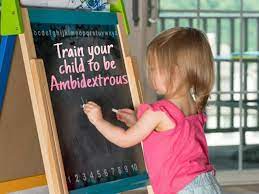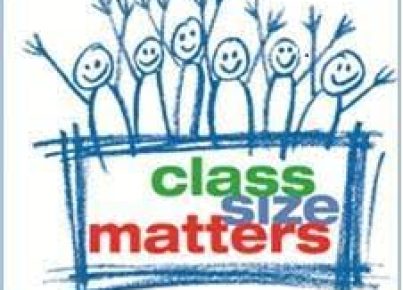The phenomenon of ambidexterity, or the ability to use both the left and right hands with equal proficiency, is a unique trait found in a small portion of the population. In a classroom setting, catering to the needs of ambidextrous kids can pose a unique set of challenges and opportunities for educators. With tailored strategies that understand and nurture this ability, teachers can greatly enhance the learning experience for ambidextrous students.
Understanding Ambidexterity in Children
Ambidexterity manifests itself in different ways. Some children have no dominant hand and switch between using their left and right hands effortlessly. Others prefer one hand for certain tasks and the other hand for different activities. Recognizing these patterns is vital to providing appropriate support in the classroom.
Benefits of Ambidexterity
Children who are ambidextrous can benefit from their versatility in various ways:
Improved motor skills: The use of both hands develops fine motor skills and coordination.
Enhanced brain development: Ambidexterity is believed to be associated with connecting both hemispheres of the brain, potentially leading to creative problem-solving skills.
Flexibility: Ambidextrous individuals can adjust to situations where a dominant hand might be at a disadvantage.
Classroom Strategies for Ambidextrous Kids
Here are several strategies that educators can employ to support ambidextrous children:
Provide ambidextrous tools: Offer scissors, rulers, and other supplies that are designed for use with either hand.
Flexible seating arrangements: Position desks and workspaces to allow freedom of movement for both arms.
Writing implements: Stock pencils, pens, and markers that are comfortable for all students to grip, regardless of which hand they use.
Encourage experimentation: Allow children to try using both hands during different activities to find what feels most natural for them.
Normalize ambidexterity: Incorporate discussions about famous ambidextrous people and emphasize that this trait is simply another form of diversity.
Avoid forced hand dominance: Do not pressure children to choose one hand over another. Let their preference develop naturally.
Tailored instruction: Provide additional guidance for ambidextrous students during activities traditionally designed with right-handed individuals in mind, such as handwriting.
Praise flexibility: Celebrate the ability of these students to adapt to different tasks using either hand.
Adjusting Assessment Methods
Assessments should be mindful of an ambidextrous child’s unique needs. For instance:
Avoid timed tests that could disadvantage those not using their dominant hand out of choice or necessity.
Consider oral assessments or alternative demonstration methods if handwriting speed is an issue.
Monitor both gross and fine motor skill development across both hands.
Challenges Faced by Ambidextrous Kids
Children who are ambidextrous may face specific challenges:
Confusion or inconsistency in choosing which hand to use for certain tasks may lead to slower skill acquisition temporarily.
There may be societal or cultural pressures favoring right-handedness that can affect self-esteem.
Some may experience difficulty with writing as they may smudge ink more easily when switching hands or due to adopting unusual hand positions.
Support Networks
Creating a support network including teachers, parents, occupational therapists, and even older students who are ambidextrous can provide not only practical support but also reinforce positive self-image and problem-solving strategies.
Conclusion
Inclusive education requires attention to all aspects of diversity, including dexterity. By recognizing and nurturing the abilities of ambidextrous kids in the classroom, educators can foster an environment where every student has the opportunity to excel without barriers. Innovative teaching methods that accommodate this special form of dexterity can make a significant difference in a child’s educational journey.




